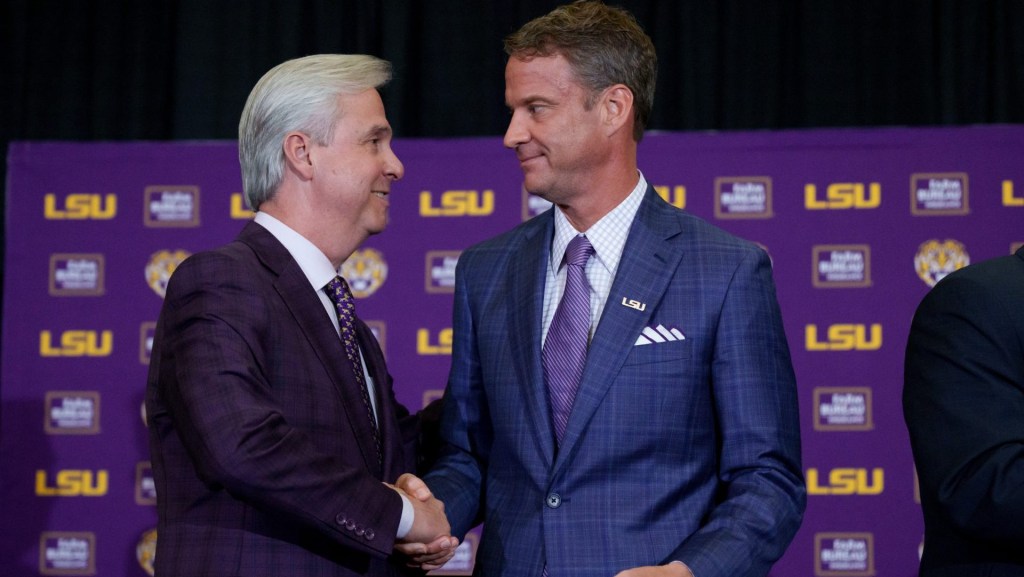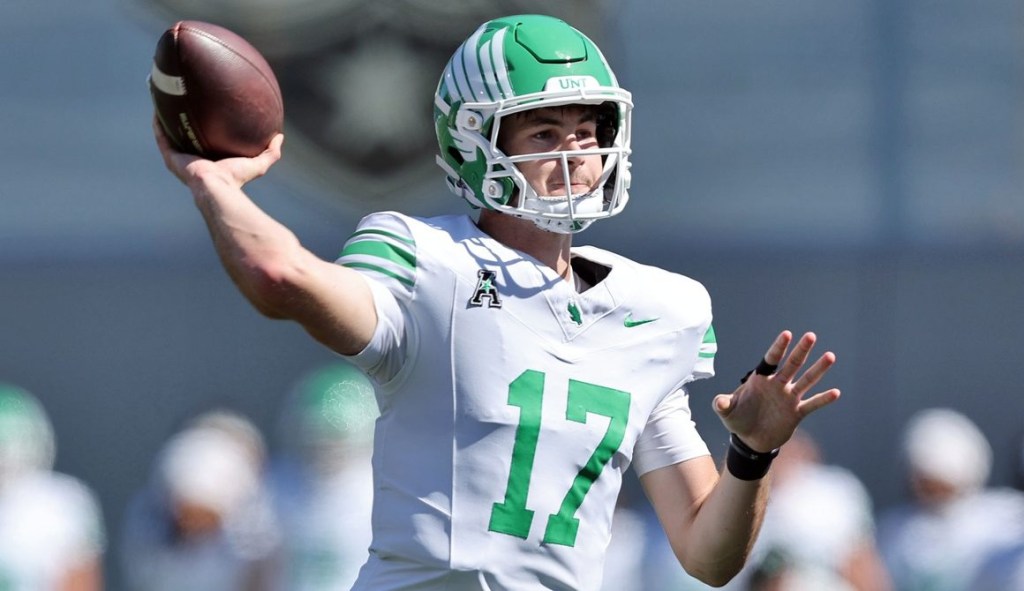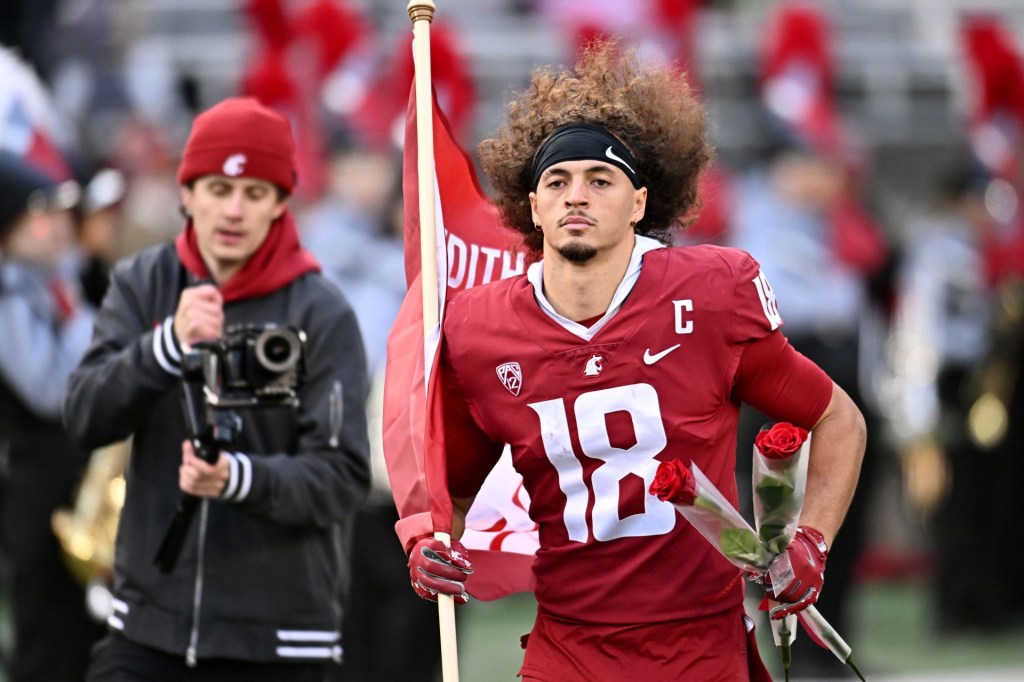On June 24, East Texas Baptist University, a D-III program, became the first non-D-I school to sign a deal with Opendorse. But this deal is the exception, rather than the rule.
“How can we cheaply find ways … so that we can be one, effective to our budget, but two, be effective for our student-athletes?” Keller said.
For most D-II and D-III schools, that’s the literal million-dollar question.
Opportunity at Every Level
D-II and D-III administrators want to give athletes NIL resources because they know their athletes can benefit.
Athletes may be good candidates for NIL if they have large social media followings or business ventures that don’t necessarily pertain to their status as athletes.
We also know that small school NIL profits are possible because NAIA athletes are already making money.
Looking for Information
Without access to expensive NIL consultants, and with almost no information from the NCAA, Keller has been looking for her own NIL education resources. She’s read and watched many of the presentations provided by CoSIDA, and has begun to research different content-sharing platforms.
Lipinski plans to study how Power 5 schools build NIL programs in addition to the information his department has already collected. He’ll keep a close eye on their successes and failures, and incorporate those findings.
While it won’t look the same as a Power 5 school, “We’ll find ways to develop a program, and implement a program,” Lipinski said.
Balancing Budgets
Keller explained some of her ideas to make room for an NIL program in her school’s budget.
She’s first searching for any extraneous items already in her annual budget that can be redirected to NIL materials. She’s also considering whether she can turn to sponsorships.
Even resources as simple as social media content-sharing platforms, or speaking events featuring NIL experts, could help her athletes, she said.
“How are we going to make it so that athletes can have that experience, and profit off of themselves?” Keller said.

















